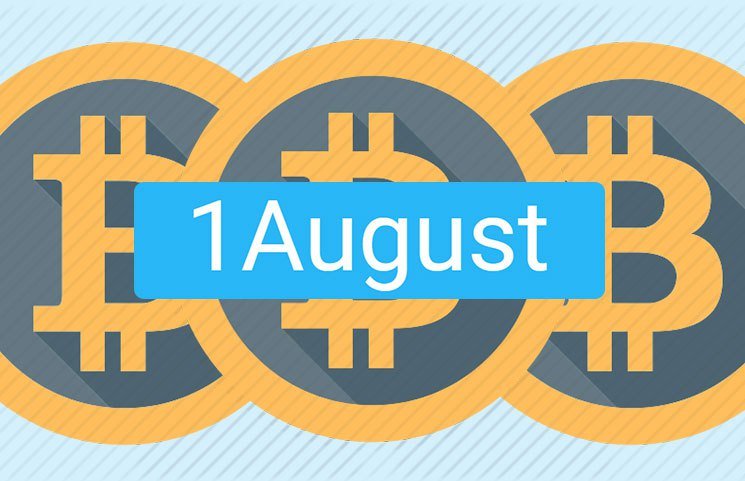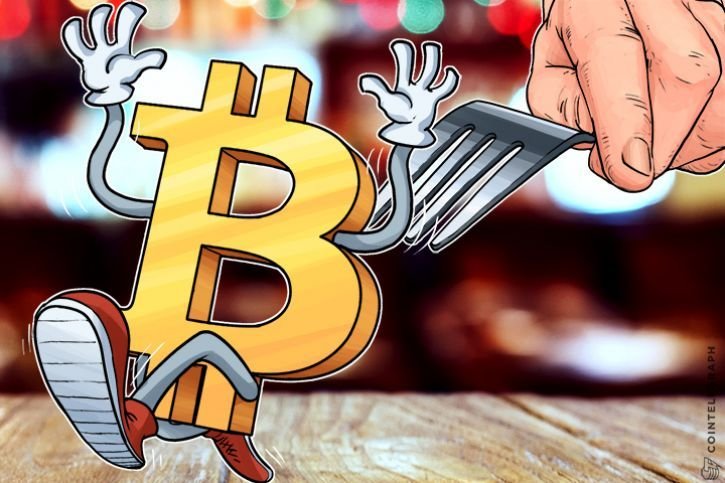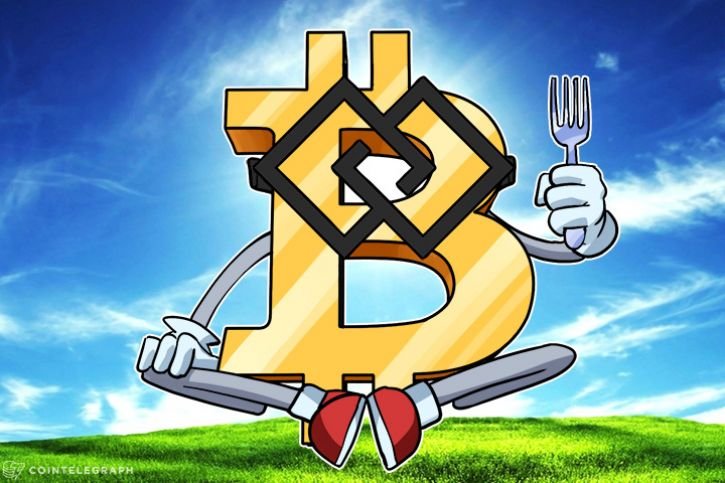
Today is a very exciting day in the crypto community - and it might just be one of the most important days in Bitcoin history.
August 1 marks the day of the long awaited Bitcoin fork, and also the split of traditional Bitcoin and the newly created currency Bitcoin Cash (BCH).
As this is a very important event for the crypto community and essentially for anyone who holds, trades or works with Bitcoin, I wanted to share a quick Info post about the key facts you need to know and a timeline about the changes happening during the day!
(I will try to keep this post as simple and as easy to understand as possible - for detailed technical information, please take a look at the cited sources below.)

What is the Bitcoin hardfork and why was it initiated?
A hardfork means an upgrade of the system. In this case, the User Activated Hard Fork (UAHF) will introduce a new software client called Bitcoin ABC to the network.
The main purpose of this hardfork is to increase the transaction speed for Bitcoin - currently, the network is overcrowded can only process 1 megabyte of transactions at one time, which is why transactions can take even longer than 1 hour.
But the solution to this problem has caused a large debate - while some nodes will upgrade to the new client, others will refuse to do so.
Essentially, the scaling debate has split the Bitcoin community in 2 different groups.
Once the first block with the new rules is mined, other miners may decide to move their computing power over to the new chain and build on that initial block. If enough miners begin to move over, this is where a possible "split" could happen.Although, the original bitcoin chain will likely have the majority hash power and grow at a faster rate than the new chain, the overall result will be two blockchains. Both chains will share the same origin and history up to the point where they diverge. And from there on, two separate networks will exist.

Bitcoin (BTC) and Bitcoin Cash (BCH)
The upcoming split will divide Bitcoin into two separate currencies - the traditional BTC, and BCH on the new Blockchain.
So what is so different about Bitcoin Cash?
- 1 - BCH removes SegWit, a change in the traditional Bitcoin Network that might activate at the end of this month.
- 2 - BCH increases the block size to 8MB, therefore speeding up the transaction process.
- 3 - If the two blockchains persist, BCH offers replay and wipeout protection to allow safe and peaceful coexistence of the two chains.
- 4 - The replay protection technology also includes a new transaction type with added benefits, for example getting rid of the quadratic hashing problem and implementing value signing for improved hardware wallet security.

Splitting the Bitcoin community
Since the very beginnings of the Bitcoin scaling debate, the community has been split.
Even until now, just hours before the coming change, some cryptocurrency firms or exchange platforms have still not yet decided whether they are going to support BCH or not.
Some Major exchanges like Coinbase, Bitstamp or BitMEX have already announced that they will NOT support BCH. And actually, many of them have frozen bitcoin trading for the upcoming few hours.
Other exchange platforms like Bitfinex, Bittrex, Kraken and Huobi have stated their support and some of them are even granting their users BCH in a 1:1 ratio if they hold Bitcoins on the platform.

Timeline
July 31st and prior
Many exchanges have already stopped trading and transactions of Bitcoins in the last couple of days, and they will probably continue this freeze until August 2nd.

August 1, 12:20 pm UTC (Coordinated Universal Time).
This is the time when Bitcoin Cash will launch. The miners mining BCH will create a transaction block which is greater than 1MB, resulting in a fork of the Bitcoin network.
This will happen at 12:20PM UTC, which is 8:20AM on the US East Coast, 5:20AM on the West Coast, 6:20PM in Beijing, 9:20PM in Tokyo, 11:20AM in London, 9:20AM in Rio de Janeiro and 10:20PM in Sydney.
There are a few scenarios here that depend on the percentage of hash power that the new blockchain attracts:
- If less than 16% of bitcoin's current hash power transitions to Bitcoin Cash, the first block will likely take over an hour. This won't affect the bitcoin blockchain that much, though on average, blocks should take a little longer than 10 minutes.
- If 17-50% of hash power moves to mining Bitcoin Cash, the first block will likely take between 20 minutes to an hour. This will slow down the bitcoin blockchain somewhat. Blocks on bitcoin will take between 12-20 minutes.
- If more than 50% of hash power is mining Bitcoin Cash, the first block will likely take less than 20 minutes. This will slow down the bitcoin blockchain significantly. Blocks on bitcoin will take longer than 20 minutes on average.
August 3-7
The outcome depends on the events of August 1. Most scenarios imagine a result around a 10-minute block time.
Bitcoin Exchanges will slowly start allowing Bitcoin transactions and trading again.
Most scenarios result in something close to 10-minute block times provided the hash power stays constant. This is probably not a safe assumption as miners will likely be switching between Bitcoin and Bitcoin Cash depending on which one is more profitable.Bitcoin Cash will be much easier to mine after the difficulty adjustments, and we may get some relatively fast blocks.
August 8–14
During these days, SegWit will lock in on Bitcoin.
It will likely be activated a few weeks later though, towards the end of August.

What do you need to do during the fork today?
- Keep your Bitcoins safe, and if possible withdraw them to a wallet where you control the private keys.
- Avoid Bitcoin transactions until at least August 2 or 3. Since the whole network is updating and no one knows for sure what impacts this will have, there might be a lot of volatility, delays and chaos, so stay away from trading or sending transactions for a few days.
Apart from that - sit back and watch how the events on one of the most exciting days in Bitcoin History will develop!

© Sirwinchester
